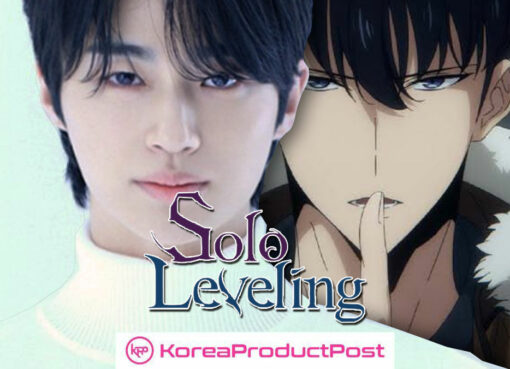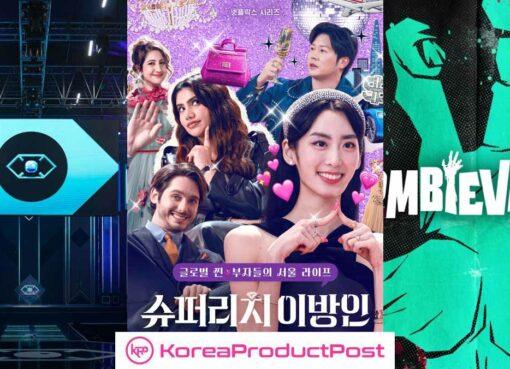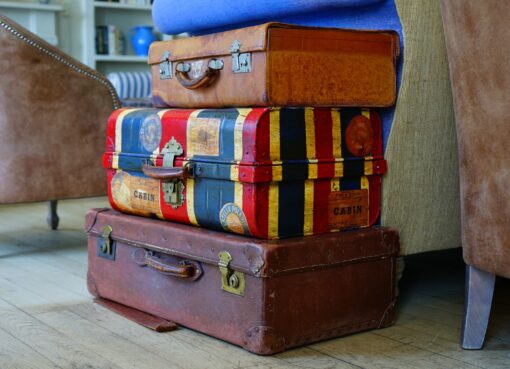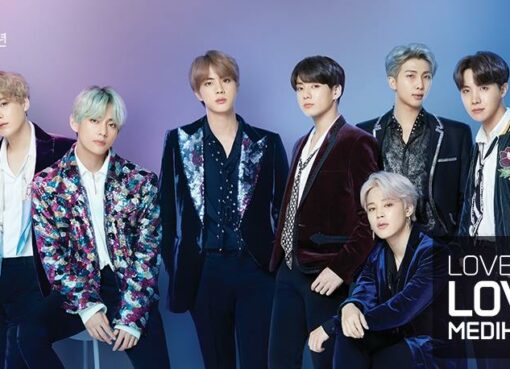You’ve seen them taking over Target, Amazon, and every other retail marketplace: soju, dalgona, and now the dazzling Korean products from “KPop Demon Hunters” merchandise and “Squid Game” Season 3. And did you know? It’s not just the U.S. or Europe. These Korean cultural products are exploding across Southeast Asia, the Middle East, and Latin America—even in regions with no prior tradition of Korean snacks, toys, or alcohol.
So, how did a nostalgic Korean school game like jegi end up in TikTok trends across Brazil? Why is soju suddenly a collector’s item in Indonesia, Malaysia, and Singapore, where alcohol consumption is religiously discouraged? How did a tiger-and-magpie badge from the National Museum of Korea sell out globally just because an animated K-pop girl group wore it on-screen?
The answer lies in one powerful shift: K-content has become a product engine. And today, we’re diving into the cultural, emotional, and commercial mechanics behind this wave—and what it means for fans, marketers, and Korean brands alike.
“Squid Game” & “KPop Demon Hunters”: The Chain Reaction of K-Content’s Products and Culture
Every time a K-drama or K-movie captures your attention, there’s a ripple effect you might not realize. What was once a quiet moment—a character sipping soju, a flash of childhood games, or a piece of folk art in the background—is now a viral product waiting to happen.
And in 2025, “Squid Game” Season 3 and “KPop Demon Hunters” are proving just how global that K-content power has become with its products and merchandise releases.

In fact, these shows have done more than merely delivering stories. Both “Squid Game” and “KPop Demon Hunters” have successfully turned heritage, emotion, and memory into brilliant collections of merchandise products.
Soju in Muslim-Majority Markets? Thanks to “Squid Game”, It’s Happening.
It might sound unlikely, but the data speaks for itself. Soju—the iconic Korean liquor once confined to street bar scenes and convenience stores—is now gaining traction in Muslim-majority countries like Malaysia and Indonesia.
According to Statista, Malaysia’s soju market is forecasted to reach over $12.4 million USD by the end of 2025, with consistent year-over-year growth—even though alcohol is prohibited in Islam, the country’s dominant religion. Singapore’s Korean alcohol imports, including soju, makgeolli, and traditional distilled liquors, have also climbed to $6.1 million USD in 2024, as reported by Korea Agro-Fisheries & Food Trade Corporation (KATI).
So how does this happen?
The answer lies in K-content-induced soft power.
Viewers don’t just see soju in dramas—they associate it with emotional moments, identity exploration, even rebellion or healing. Think about the emotional drinking scenes in “My Mister” or “Reply 1988,” or the chaotic party sequences in “Squid Game”. These images translate into desire—not for alcohol alone, but for participation in Korean emotional experiences.
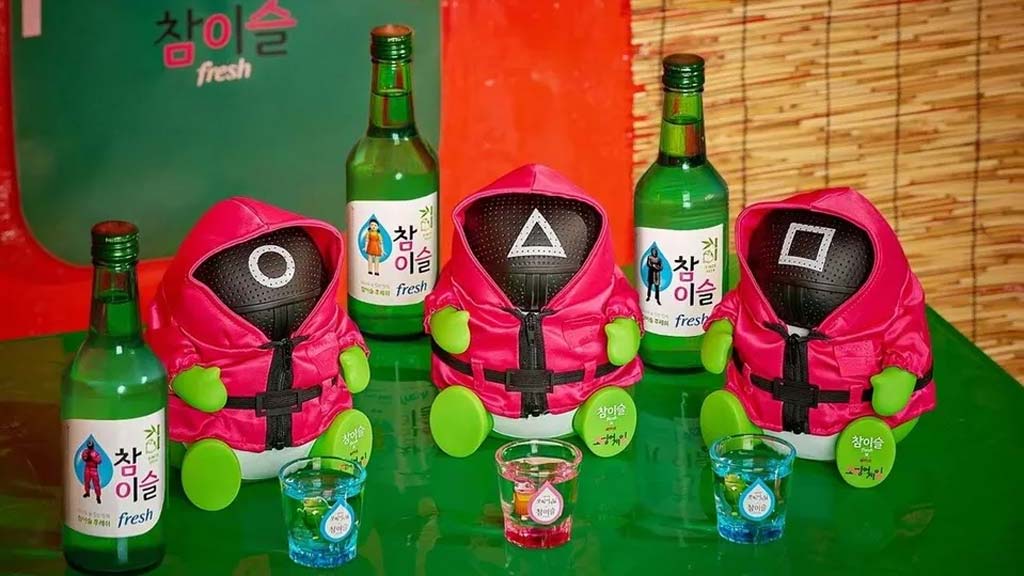
HiteJinro’s limited edition “Squid Game” soju bottles—now a collectible item—exemplify how packaging and cultural design can turn even the most everyday products into an international cultural commodity.
Dalgona: A 1,000-Won Candy Now Worth $20 in Viral DIY Kits
In 2021, dalgona candy became an unexpected global obsession thanks to “Squid Game” Season 1. But in 2025, it’s more than a meme—it’s a merchandising category. What used to be a ₩1,000 street snack is now packaged as full DIY candy kits, selling globally through Amazon and specialty K-lifestyle stores for up to $20.
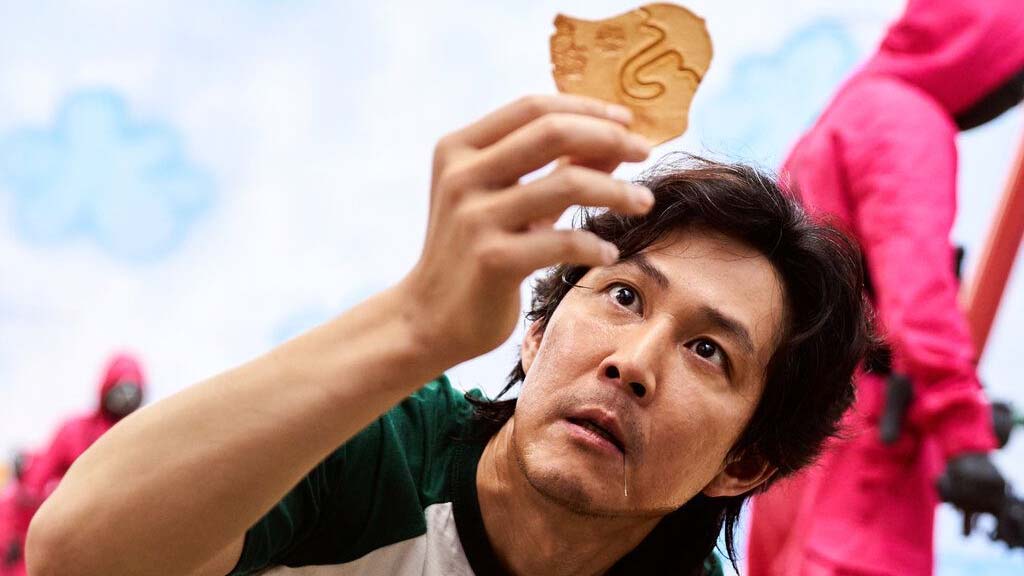
Videos of foreign content creators burning sugar and failing the candy challenge still flood TikTok and YouTube. But beyond the challenge lies the product lesson: dalgona succeeds because it delivers a hands-on, emotional experience. It’s not just about flavor. It’s about participation. And participation sells.
Gonggi, Jegi, and the Global Return of Playground Games
In “Squid Game” Season 2, a brief appearance by gonggi—a Korean version of jacks—sparked a 3x surge in product listings on eBay and Etsy. Korean vendors now report that 공기놀이 sets, once sold for under ₩5,000 in neighborhood markets, now sell internationally for $13–15 USD. It’s no longer just a toy—it’s a cultural capsule.
Even more surprising? Jegi, a traditional shuttlecock-kicking game once associated with boys playing outside during Lunar New Year, is making rounds on social media as a challenge among Gen Z fitness influencers.
These games weren’t “reintroduced”—they were rediscovered through K-content. That’s the difference.
Instead of exporting a product intentionally, Korean creators embedded memory in fiction—and let the audience bring it to life.
“KPop Demon Hunters”: When Animation Becomes Merchandising Alchemy
Netflix’s “KPop Demon Hunters” is a visual feast, but for Korean cultural experts and product developers, it’s something else entirely: a strategic IP goldmine. Beyond its magical-girl storyline and K-pop glamor, the film embeds layers of cultural symbolism and forgotten folklore.
Characters like Derpy and Sussie, modeled on the tiger and magpie of the traditional Jakhodo painting (작호도), have become breakout stars among viewers. The connection to Korean folk art was so strong that the National Museum of Korea’s “Tiger & Magpie” badges sold out globally.

And in direct response to fan demand, Netflix launched official plushies of the characters.
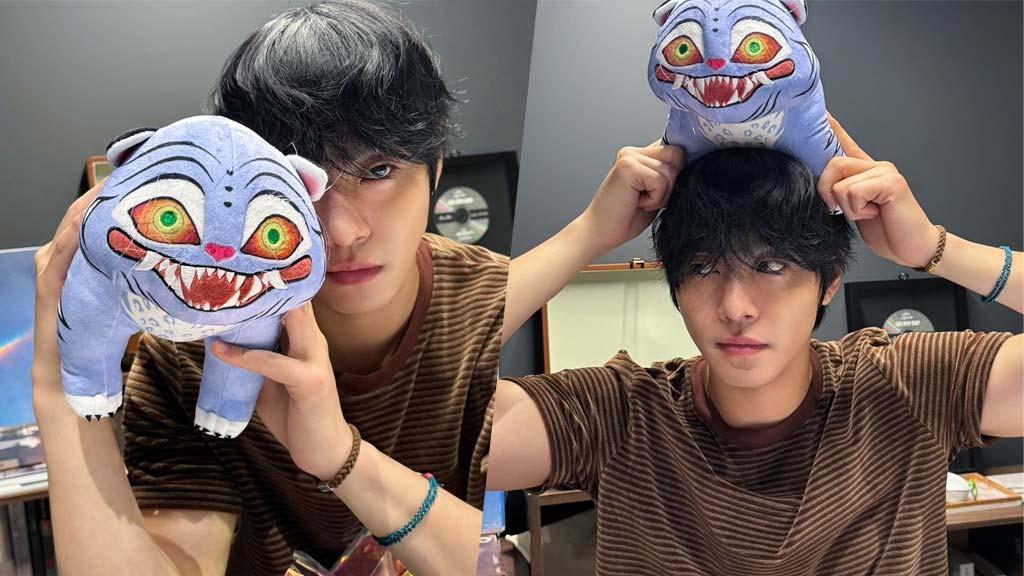
This is no accident.
The filmmakers, Maggie Kang and Chris Appelhans, collaborated with Korean cultural consultants to weave heritage into the visual universe—from hanok architecture and Namsan Tower, to amulets, dokkaebi horns, and even the color schemes derived from gut (Korean shamanic ritual) attire.
So when fans buy these products both from “Squid Game” and “KPop Demon Hunters”, they’re doing more than just buying merchandise. They’re building a bridge to Korean identity.
And that is product storytelling at its finest.
The Emotional Blueprint Products Virality from “Squid Game” and “KPop Demon Hunters”
Now, how is that even possible? Why have global fans become so into these Korean products and merchandise simply by watching “Squid Game” or “KPop Demon Hunters”. And that’s even when we all know that “KPop Demon Hunters” is not even Korean.
Well, what ties all these Korean products together is not merely “Squid Game” or “KPop Demon Hunters”, and it’s definitely not the price or mere convenience.
Everything comes back to one most crucial core: human emotions.
Soju now becomes a symbol of heartbreak and release. Dalgona also becomes an entry into Korean childhood. Meanwhile, Gonggi becomes a nostalgia filter for millennial and Gen Z fans. And Jakhodo becomes a conversation between past and present. These are products you don’t just consume, but also feel.
And that’s why Korean content doesn’t simply become a final product of entertainment. Shows like “Squid Game” and “KPop Demon Hunters” have also become the most effective medium to sell products and create brand new IP merchandise.
What’s better is that they have never forced these products into the mind of the consumers. They did it through emotional ownership instead.
Build Your Own Merchandise Products: Learn from “Squid Game” & “KPop Demon Hunters”
And so, here’s what matters now. Pay attention that when “Squid Game”, “KPop Demon Hunters”, or your favorite K-drama hits global screens, it’s not the end of the story, it’s the beginning of the product chain.
And you can be a part of it.
You don’t need to be Netflix, CJ ENM, or HYBE to participate. What you need is cultural sensitivity, storytelling clarity, and emotional precision. Start by studying how these K-contents work. What makes a dalgona kit go viral? Why did a centuries-old folk painting become a badge you want to wear? How did a fictional girl group move real plushies off the shelf?
At the heart of it all is this: K-content sells because it evokes emotion that feels personal—then offers a physical way to hold it.
If you’re a brand, creator, collector, or cultural enthusiast, take note. Learn what resonates. Design with intention. Curate with care. The next wave of Korean-inspired products isn’t about copying aesthetics—it’s about channeling experience into something people want to keep.
Because the best K-product isn’t just trendy—it’s memorable. And now, it’s your move.
If you’re looking to promote your products and connect with international buyers, please don’t hesitate to contact us.
Join us on an exciting journey to explore the vibrant world of Korean lifestyle – from the latest beauty tips to the hottest tech and so much more on Facebook, Twitter, LinkedIn, and Flipboard.






